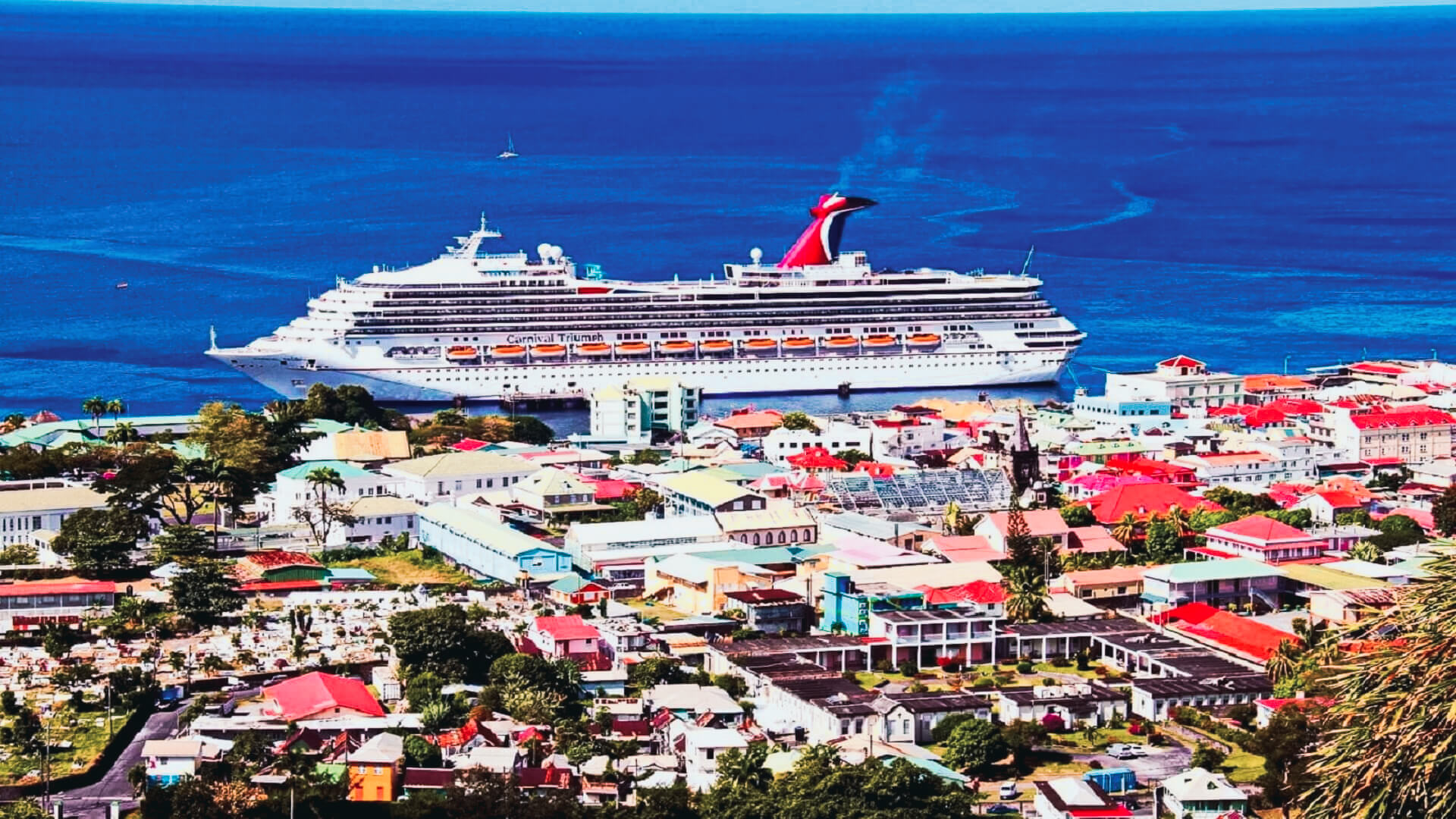Dominica is an island nation in the Caribbean, the northernmost of the Windward Islands (although it is sometimes considered the southernmost of the Leeward Islands). The area of the country is about 750 km2 (289.5 square miles).
Dominica is mostly covered by rainforest and is home to the second largest hot spring in the world, Boiling Lake. Dominica has many waterfalls, springs and rivers. The Calibishie region in the north-east of the country has sandy beaches. Some plants and animals that were thought to be extinct on the surrounding islands can still be found in Dominica’s forests. The island has several protected areas, including Cabrits National Park, and 365 rivers.
Morne Trois Pitons National Park is a tropical forest mixed with picturesque volcanic features. It was recognised as a World Heritage Site on 4 April 1995, a distinction it shares with four other Caribbean islands.
The Commonwealth of Dominica has long been in dispute with Venezuela over the latter’s territorial claims to the sea around Isla Aves (literally Bird Island, but actually called Bird Rock by Dominican authorities), a tiny islet lying 225 km west of the island of Dominica.
During a visit to Venezuela in June 2006, Dominica’s Prime Minister Roosevelt Skerrit declared that the island of Aves belonged to Venezuela, ending the territorial claim but not the maritime claim.
There are two major population centres – Roseau (with a population of 14,725 in 2011) and Portsmouth (with a population of 4,167 in 2011).
Dominica, called the “Nature Island of the Caribbean” because of its spectacular, lush and diverse flora and fauna protected by an extensive nature park system; the most mountainous of the Lesser Antilles, whose volcanic peaks are cones of lava craters and include Boiling Lake, the second largest thermally active lake in the world, has the most pristine wilderness in the Caribbean. It was originally protected by steep mountains, which prompted European powers to establish ports and agricultural settlements on other islands. More recently, the citizens of this island have sought to preserve its spectacular natural beauty by pushing back against the kind of high-performance tourism that has damaged nature in much of the Caribbean.
Visitors will find large tropical forests, one of which is on the UNESCO World Heritage List, hundreds of rivers, coasts and coral reefs.
Dominica has many local and traditional artisans catering to tourists, but no thriving high-end art scene.
The Sisserou Parrot (Amazona imperialis) is the national bird of Dominica and is found only in the mountain forests. A related species, the Jaco or red-necked parrot (A. arausiaca), is also a Dominican endemic. Both birds are rare and protected, although part of the forest is still threatened by deforestation, in addition to the long-standing threat from hurricanes.
The Caribbean Sea, off the island of Dominica, is home to many whales and dolphins. In particular, a group of sperm whales live in this area year-round. Other cetaceans commonly seen in the area are spinner dolphins, pantropical spotted dolphins and bottlenose dolphins. Rarer animals include killer whales, false killer whales, minke sperm whales, Risso’s dolphins, common dolphins, Atlantic spotted dolphins, humpback whales and Bryde’s whales. This makes Dominica a destination for tourists interested in whale watching.
Dominica is particularly vulnerable to hurricanes as the island lies in the so-called hurricane belt. In 1979, Dominica was directly affected by Hurricane David, a category 5 hurricane that caused extensive and extreme damage. On 17 August 2007, Hurricane Dean, then a Category 1 hurricane, hit the island. A mother and her seven-year-old son died when a landslide caused by heavy rains crushed their house. In another incident, two people were injured when a tree fell on their house. Prime Minister Roosevelt Skerrit estimated that 100 to 125 houses were damaged and that the agricultural sector suffered significant damage, especially the banana crop. In August 2015, Tropical Storm Erika caused extensive flooding and landslides on the island. Several communities were evacuated and over 30 people were killed. According to a rapid damage and impact assessment prepared by the World Bank for Dominica, the total damage and losses caused by the storm amounted to US$484.82 million, equivalent to 90% of Dominica’s annual GDP.


